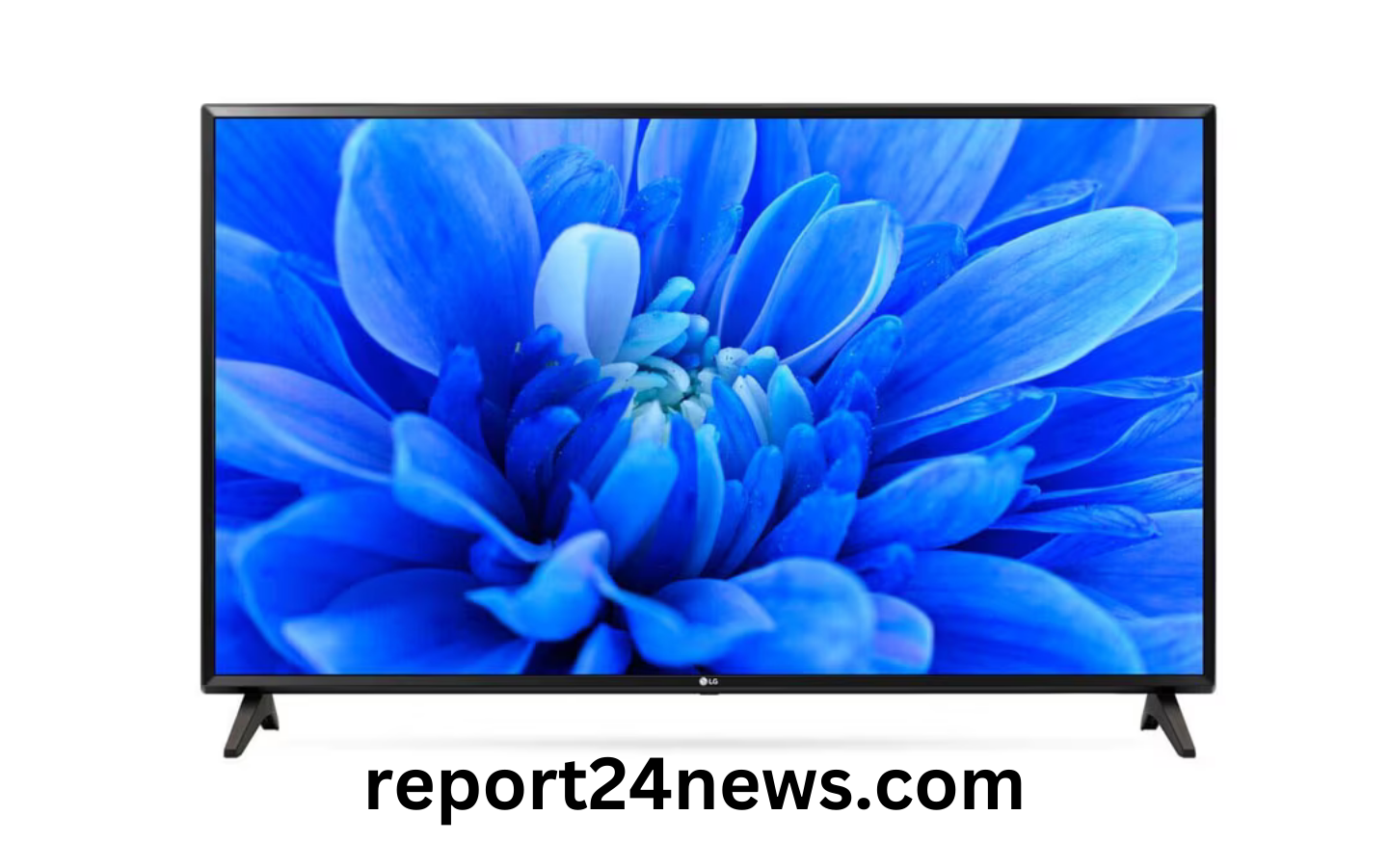Introduction to LG TVs
When it comes to home entertainment, few brands stand out like LG TVs. With a legacy of innovation and cutting-edge technology, LG has transformed the way we experience our favorite shows and movies. From their humble beginnings to becoming a leader in the television market, LG’s journey is nothing short of fascinating.
As you settle down for your next binge-watching session or movie night, have you ever wondered what makes LG TVs so special? Join us as we explore the evolution of this iconic brand—delving into its history, groundbreaking advancements, and what sets it apart from competitors. Whether you’re an avid tech enthusiast or simply someone looking to upgrade your viewing experience, there’s plenty to discover about LG’s ongoing commitment to excellence in television technology.
Read more Anne Marie Corbett: The Woman Behind the Headlines and Her Impact on Society
Early Days: The Birth of LG TVs
The story of LG TVs begins in the 1950s. At that time, the company was known as GoldStar. It laid its foundation by producing radios and home appliances.
In 1966, GoldStar made a significant leap into television manufacturing. They released their first black-and-white TV set. This marked a pivotal moment for the brand, setting it on a path toward becoming a household name.
As technology progressed, so did LG’s ambition to innovate. The introduction of color televisions in the late 1970s showcased their commitment to quality and design.
LG’s early efforts were met with both challenges and triumphs. Nonetheless, they carved out their niche in an increasingly competitive market landscape.
This initial venture paved the way for future advancements and established LG as a key player in consumer electronics.
Technological Advancements and Innovations
LG has consistently pushed the boundaries of television technology. Their commitment to innovation is evident in their introduction of advanced display technologies, such as OLED screens. These panels offer deeper blacks and more vibrant colors than traditional displays.
Another significant advancement is the integration of AI into LG TVs. With features like ThinQ AI, users can control their devices using voice commands, making navigation seamless and intuitive.
Additionally, LG’s development of Dolby Vision enhances the viewing experience by delivering stunning HDR content. This feature adjusts brightness levels dynamically for each scene.
The company also embraced gaming trends with low input lag and fast refresh rates to cater to gamers looking for an edge in performance.
These advancements showcase LG’s dedication not only to improving image quality but also enhancing user interaction and overall entertainment value.
OLED vs LED: What Sets LG TVs Apart?
When it comes to picture quality, LG TVs shine with their OLED technology. Unlike traditional LED panels that rely on a backlight, OLED screens use individual pixels that emit their own light. This results in deeper blacks and vibrant colors.
LED TVs can struggle with contrast ratios because of the light bleed from the backlighting. In contrast, LG’s OLED displays provide stunning clarity and realism by turning off specific pixels completely when displaying dark scenes.
Another advantage of OLED is its wide viewing angles. Colors maintain their richness even from the side, making it perfect for group watching sessions.
However, LED TVs have made significant strides in brightness levels and overall affordability. They tend to be more durable as well.
For those seeking cinematic experiences at home, LG’s commitment to OLED technology continues to set them apart in an increasingly crowded market.
Smart Features and User Experience
LG TVs have redefined viewing experiences with their suite of smart features. The integration of webOS allows users to navigate seamlessly through apps and content. This intuitive platform makes finding favorite shows and movies effortless.
Voice recognition technology enhances user interaction, enabling commands without a remote. Imagine simply asking for your preferred series or movie, and the TV responding instantly.
Moreover, LG’s ThinQ AI adds another layer of sophistication. It learns individual preferences over time, personalizing recommendations based on viewing habits.
Smart connectivity options are also impressive. Users can easily link smartphones or tablets to control their TV experience from anywhere in the room.
The advanced picture quality settings further elevate the experience by adjusting automatically according to ambient light conditions. These features create an immersive environment tailored specifically for each viewer’s comfort and enjoyment.
Future of LG TVs: Predictions and Speculations
The future of LG TVs is brimming with potential. As technology continues to evolve, so too will the capabilities of these innovative devices.
We might see even more advanced OLED displays that enhance color accuracy and brightness. This could make viewing experiences richer than ever before.
Artificial intelligence integration is another exciting possibility. Imagine a TV that learns your viewing habits, recommending shows tailored just for you.
Moreover, 8K resolution may become standard in homes worldwide, providing crystal-clear images that transport viewers right into their favorite films or sports events.
Advancements in sustainability are also on the horizon. With growing concerns about environmental impact, LG may focus on eco-friendly materials and energy-efficient technologies for its TVs.
Seamless connectivity between devices could redefine how we interact with our televisions. Voice-activated commands and smart home integrations can create a truly immersive experience at home.
Impact on the TV Industry
LG TVs have significantly shaped the television landscape over the years. Their commitment to innovation has pushed competitors to elevate their technology, sparking a race for better screens and smarter features.
The introduction of OLED displays revolutionized picture quality standards. Consumers now expect vibrant colors and deeper blacks as a norm, thanks to LG’s advancements. This shift has influenced not only manufacturing processes but also marketing strategies across the industry.
Moreover, LG’s focus on smart technology transformed how viewers interact with their TVs. The integration of AI-driven systems changed expectations around user experience and accessibility. Other brands have had to adapt quickly, integrating similar technologies lest they fall behind in consumer preferences.
The ripple effects can be seen everywhere—from streaming services optimizing content for various screen types to retailers adjusting their sales tactics based on increasing demand for high-quality viewing experiences.
Conclusion
The journey of LG TVs is a remarkable narrative of innovation and adaptation. From their humble beginnings to becoming front-runners in the television industry, LG has consistently pushed boundaries. Their commitment to technological advancements like OLED displays sets them apart in a crowded marketplace.
As smart features continue to evolve, LG remains at the forefront, providing users with intuitive experiences that enhance viewing pleasure. The company’s focus on user experience ensures that every TV is not just a screen but an integral part of modern living spaces.
Looking ahead, it’s clear that LG will keep exploring new technologies and design philosophies. Whether through improved picture quality or enhanced connectivity options, the future promises exciting developments for consumers.
The impact of LG TVs on the industry cannot be understated. They have redefined what we expect from our home entertainment systems and influenced competitors worldwide.
LG has carved out an impressive legacy in technology and design within the television landscape. As they continue to innovate, one thing remains certain: watching TV will never be the same again.




